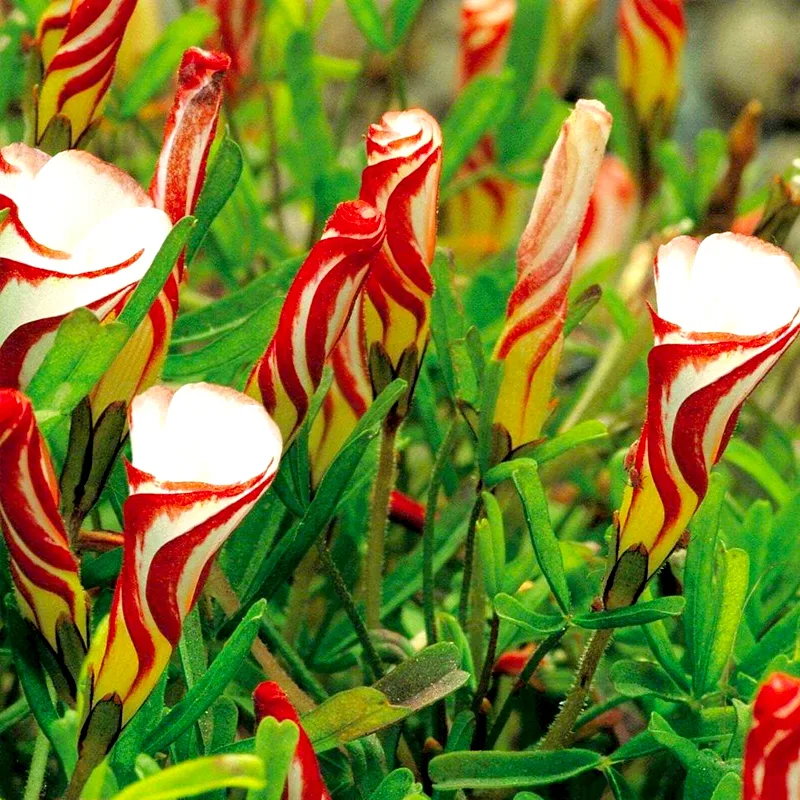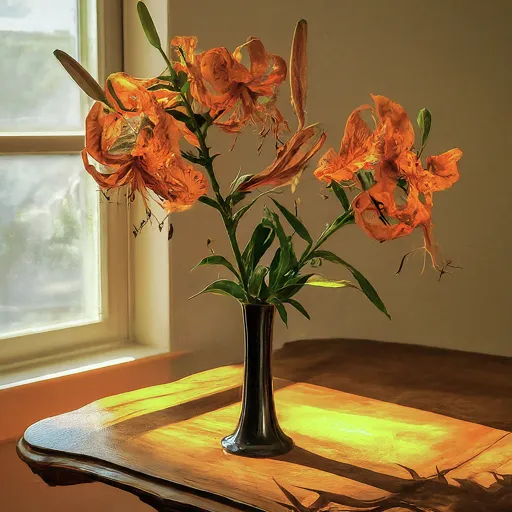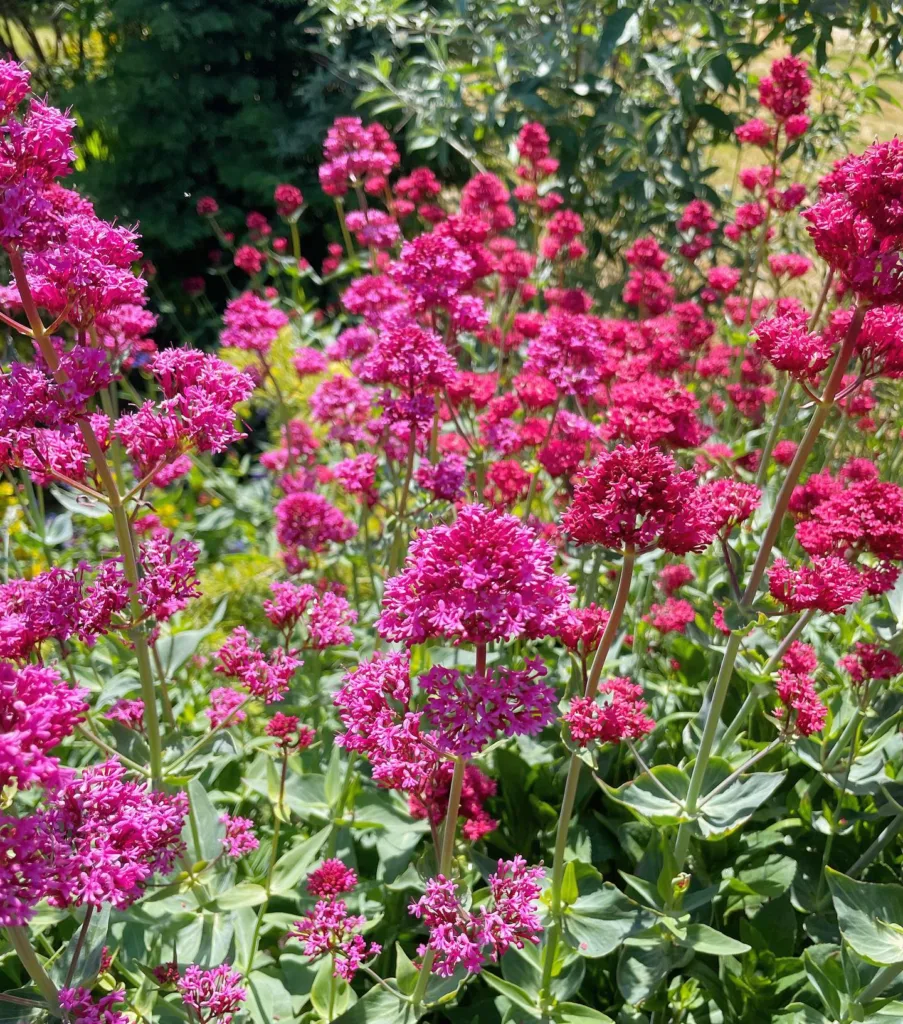My Brush with Baccharis pilularis: A Gardener’s Guide
As someone who loves native plants and wildlife in my garden, Baccharis pilularis, or Coyote Bush, has become a fascinating addition. This tough and adaptable shrub has not only thrived in our California climate but has also attracted a surprising amount of interest. So, I decided to share my experience and knowledge about this unique plant.
451 Species in Genus Baccharis
Why is Baccharis pilularis called Coyote Bush?
The common name “Coyote Bush” comes from the shrub’s historical association with coyotes. These cunning canines are known to utilize the dense foliage of Baccharis pilularis for cover and denning sites. While the exact reason for this connection remains unclear, it’s likely a combination of the bush’s widespread presence in coyote habitats and its suitability for providing shelter.
How to Pronounce Baccharis pilularis?
Let’s be honest, Baccharis pilularis can be a bit of a mouthful to say. Here’s how to break it down:
- Baccharis: “Buh-KAR-is”
- pilularis: “pie-loo-LAIR-is”
Practice makes perfect, and trust me, the effort is worth it for this wonderful plant.
Can be replaced with Is Baccharis pilularis easy to grow?
This drought-tolerant shrub thrives on neglect and requires minimal care. It adapts well to various soil types and thrives in full sun. Just plant it, water it deeply during the first year to establish its roots, and then let it work its magic.
What to Plant with Baccharis pilularis?
Baccharis pilularis plays well with others! Here are some ideas for companion plants:
- California lilac (Ceanothus): Creates a beautiful combination of purple blooms with the Coyote Bush’s silvery foliage.
- California poppy (Eschscholzia californica): Adds a burst of cheerful orange flowers to the landscape.
- Deergrass (Muhlenbergia rigens): Provides a textural contrast with its graceful, swaying movement.
- Sage (Salvia species): Enhances the fragrance of the garden with its aromatic blooms.
Additional Tips: Consider the mature size of the Baccharis pilularis variety you choose when selecting companion plants.
Does Baccharis pilularis attract coyotes?
While Coyote Bush is named after these sly creatures, it doesn’t necessarily attract them. Coyotes are territorial and will utilize existing natural cover, including Baccharis pilularis, if it’s available in their habitat. However, planting Coyote Bush specifically to attract coyotes wouldn’t be effective and might not be desirable depending on your location.
Do rabbits eat Baccharis pilularis?
Unfortunately, rabbits do find Baccharis pilularis palatable. The good news is that the plant is quite resilient and can tolerate some browsing. However, if you have a serious rabbit problem, you might need to protect your young Coyote Bush with fencing or deterrents.
How to Care for Baccharis pilularis?
As mentioned before, Baccharis pilularis is a low-maintenance plant. Here’s a quick rundown on its care needs:
- Watering: Deep watering during the first year is essential for root establishment. After that, established plants can survive on rainfall alone in most climates.
- Pruning: Pruning is optional but can be done to control size and shape or encourage bushier growth. Prune in late winter or early spring before new growth appears.
- Fertilizing: Not necessary. Baccharis pilularis thrives in poor to average soil and doesn’t require additional feeding.
How to Propagate Baccharis pilularis?
If you want to expand your Coyote Bush empire, propagation is easy! You can do it through:
- Seed: Seeds can be collected in fall and sown directly in the ground in spring. Germination rates can be variable, so be patient.
- Softwood cuttings: Take cuttings in early summer, dip them in rooting hormone, and plant them in a pot with a well-draining potting mix. Keep the soil moist and provide warmth for successful rooting.
By now, you should be well on your way to appreciating and cultivating Baccharis pilularis. This versatile and low-maintenance shrub offers a wealth of benefits, from attracting beneficial wildlife to adding beauty and texture to your garden. So, why not give Coyote Bush a try and see how it thrives in your own backyard haven?
If i die, water my plants!



